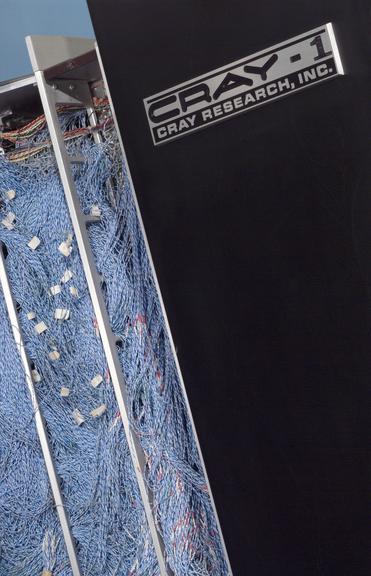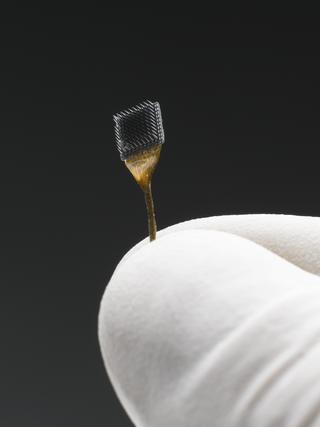Cray- 1A supercomputer S/n 11
Cray-1A Supercomputer, serial number 11, manufactured by Cray Research Inc., Chippewa Falls, Chippewa county, Wisconsin, United States, 1976-1978
More
Seymour Cray founded the high-performance computing industry with machines like this 1976 Cray-1A. Each Cray-1 was hand wired and took nearly a year to assemble. Its cylindrical shape kept wires short, so signals arrived at their destination sooner, while the cushions ringing the unit covered the enormous power supplied at the base of each tower. With Freon cooling and pioneering processing systems, the machine achieved then-unrivalled operating speeds. The Cray-1 design suited it to many critical computational problems, such as cryptography, bomb simulation, and aircraft design. This Cray-1A cost £8 million in 1979 and operated at England’s Aldermaston Atomic Weapons Establishment.
Cray’s designs embodied innovative technology and a great aesthetic sense, but he like to work with simple tools – often a pencil and paper. It is said that when he was told that Apple had bought a Cray to simulate their next desktop machine he remarked, ‘Funny, I am using an Apple to simulate the Cray-3’.
- Materials:
- aluminium alloy , metal (unknown) and electronic components
- Object Number:
- 1991-159 Pt1
- type:
- supercomputer









